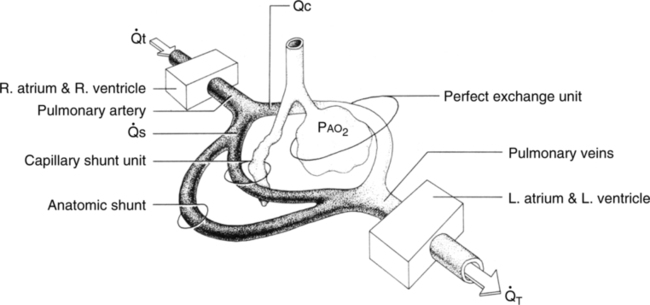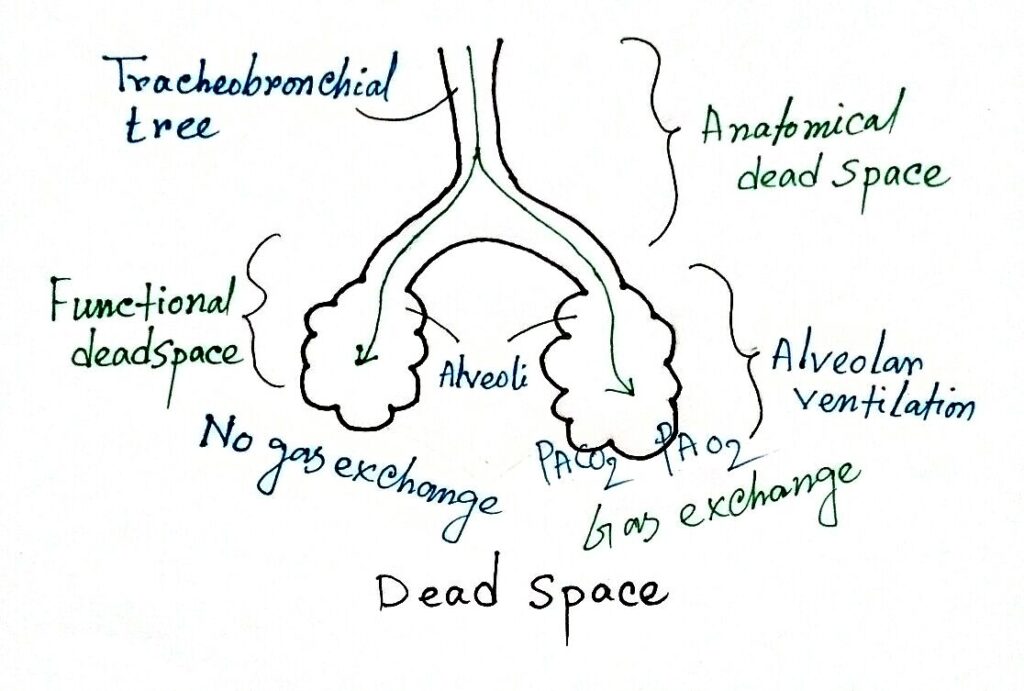

These alterations derive from a complex disease process affecting all compartments of the lower respiratory system, from the conducting airways to the lung vasculature.

The ratio of physiologic dead space to tidal volume is usually about 1/3. The clinical expression of idiopathic pulmonary fibrosis (IPF) is directly related to multiple alterations in lung function. Alveolar dead space is the volume of gas within unperfused alveoli (and thus not participating in gas exchange either) it is usually negligible in the healthy, awake patient. Anatomic dead space is the volume of gas within the conducting zone (as opposed to the transitional and respiratory zones) and includes the trachea, bronchus, bronchioles, and terminal bronchioles it is approximately 2 mL/kg in the upright position. Physiologic or total dead space is the sum of anatomic dead space and alveolar dead space. Study with Quizlet and memorize flashcards containing terms like RESPIRATORY, What is the PANGOS mnemonic for, What are the PANGOS conditions and more. Some apparatus dead space may actually reduce total dead space, as an ETT bypasses the majority of anatomical dead space of the patient (nasopharynx).ĭead space from the patient.Dead space is the volume of a breath that does not participate in gas exchange.

Types of Dead Spaceĭead space from equipment, such as tubes ventilator circuitry. Glomerular Filtration and Tubular Functionĭead space is the proportion of minute ventilation which does not participate in gas exchange. Physiological dead space (V D,phys) represents the fraction of ventilation not participating in gas exchange, including the airway (or anatomical) dead space (V D,aw i.e., ventilation of the conducting airways) and alveolar dead space (V D,alv i.e., ventilation receiving no pulmonary artery perfusion). Functional Anatomy and Control of Blood Flow


 0 kommentar(er)
0 kommentar(er)
